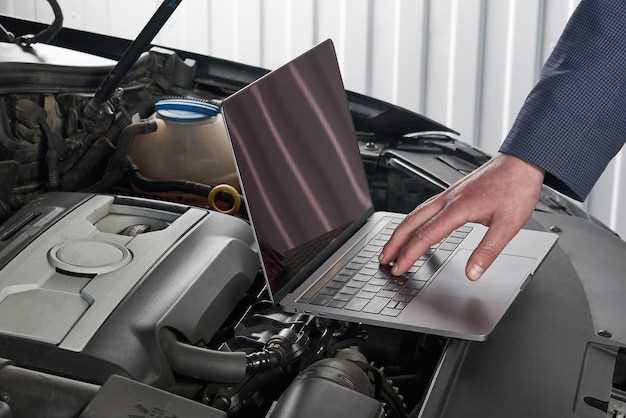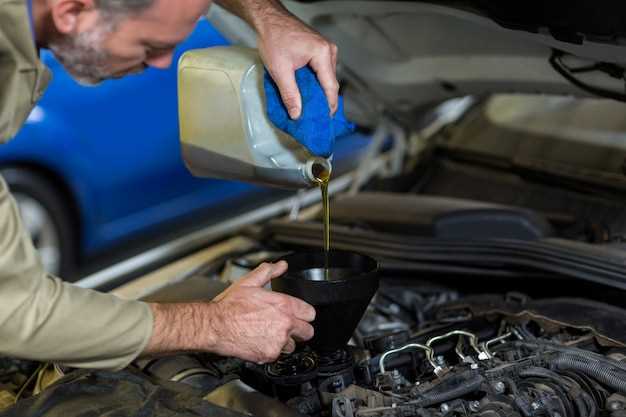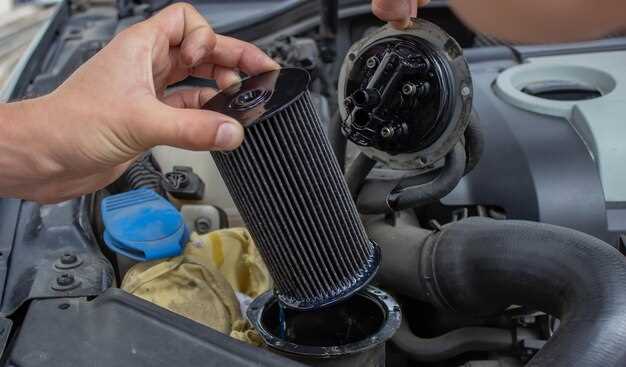

Flushing your transmission system is an essential maintenance task that can significantly enhance the performance and longevity of your vehicle. Over time, transmission fluid can become contaminated with debris and metal particles, which can lead to malfunction and premature wear. A flush allows for the complete removal of old fluid, ensuring that your system operates efficiently and reliably.
In this guide, we will take you through the necessary steps for performing a transmission flush, including the vital processes of replacement and fluid replenishment. Understanding the importance of clean fluid is critical; old or degraded fluid can compromise the hydraulic function of your transmission, leading to potential damage and costly repairs.
By following our detailed instructions, you will gain insights into checking your transmission fluid levels, the tools required for a successful flush, and how to execute the process safely. This method not only restores the health of your transmission but also helps in preventing long-term issues, ensuring that your vehicle runs smoothly for years to come. So let’s dive into the step-by-step procedure that will keep your transmission in top shape.
Required Tools and Supplies for a Successful Transmission Flush
To execute a successful transmission flush, it is essential to have the right tools and supplies readily available. This ensures the process is efficient and minimizes the risk of damaging your vehicle’s transmission system.
1. Transmission Flush Machine: A specialized machine designed for flushing the transmission fluid at the correct pressure. It replaces old fluid with new fluid, effectively removing contaminants and debris.
2. New Transmission Fluid: It is crucial to select the right type of transmission fluid as specified in your vehicle’s owner manual. Using the correct fluid ensures optimal performance and longevity of the transmission.
3. Transmission Filter: If your vehicle has a replaceable filter, obtaining a new filter is vital during the flush process. A clean filter helps maintain fluid cleanliness and prevents premature wear on transmission components.
4. Basic Hand Tools: A set of hand tools, including wrenches and screwdrivers, may be necessary to access the transmission oil pan or filter. Ensure these tools are of high quality to avoid stripping bolts.
5. Drain Pan: A large, clean drain pan is essential to catch old transmission fluid during the flush. Ensure it has sufficient capacity to hold the total amount of fluid being expelled.
6. Hoses and Adapters: You might need specific hoses and adapters to connect the flush machine to your vehicle. Verify that they match the fittings for your particular make and model.
7. Safety Equipment: Use safety glasses and gloves during the process to protect yourself from spillage and ensure a safe working environment.
8. Fluid Transfer Pump: A pump can be handy for transferring fluid from containers into the flush machine or back into the transmission once the flush is complete.
Gathering these essential tools and supplies ahead of time will facilitate a seamless transmission flush, helping to ensure your vehicle operates smoothly and efficiently.
Detailed Process for Performing a Transmission Fluid Replacement

Replacing the transmission fluid is a critical maintenance task that helps ensure the smooth operation and longevity of your vehicle’s transmission system. Follow these steps for an effective fluid replacement.
-
Gather Necessary Tools and Materials:
- New transmission fluid (check the owner’s manual for specifications)
- Transmission filter (if applicable)
- Socket wrench set
- Drain pan
- Funnel
- Rags for cleanup
- Safety gloves and goggles
-
Prepare the Vehicle:
- Park the vehicle on a level surface.
- Engage the parking brake.
- Allow the engine to cool down if it has been running.
-
Locate the Transmission Drain Plug:
- Refer to your owner’s manual to find the drain plug’s location.
- Position the drain pan underneath the drain plug.
-
Drain the Old Fluid:
- Use a socket wrench to remove the drain plug carefully.
- Allow the old transmission fluid to completely drain into the pan.
- Replace the drain plug after draining.
-
Replace the Transmission Filter (if applicable):
- Remove any bolts securing the transmission pan.
- Carefully detach the pan to access the filter.
- Remove the old filter and replace it with a new one.
- Reattach the transmission pan and secure it with bolts.
-
Add New Transmission Fluid:
- Locate the dipstick or filler tube for the transmission fluid.
- Using a funnel, add the recommended amount of new transmission fluid.
- Check the fluid level with the dipstick and add more if necessary.
-
Check for Leaks:
- Start the engine and allow it to warm up.
- Shift through all gears to circulate the new fluid.
- Inspect under the vehicle for any signs of leaks.
-
Dispose of Old Fluid Properly:
- Transfer the old transmission fluid into a sealed container.
- Take it to a recycling center or authorized disposal location.
By following these steps, you can effectively perform a transmission fluid replacement, ensuring your vehicle operates smoothly and efficiently.
Common Mistakes to Avoid During Transmission System Maintenance

Flushing your transmission system is a crucial aspect of maintenance that requires careful attention. One common mistake is neglecting to use the correct fluid specified by the manufacturer. Using the wrong type of fluid can lead to inadequate lubrication and eventual system failure.
Another frequent error is not replacing the fluid at the recommended intervals. Over time, transmission fluid can become contaminated with debris and lose its effectiveness. Failing to replace it on schedule can cause damage to internal components and lead to costly repairs.
When performing a flush, it’s essential to ensure that the entire system is cleaned. Some people mistakenly believe that a simple drain-and-fill is sufficient. This can leave old fluid trapped in the cooler lines and torque converter, leading to a blend of fresh and degraded fluid that undermines the benefits of a flush.
Additionally, many individuals overlook checking the condition of the transmission filter during maintenance. A clogged or damaged filter can impede fluid flow, causing overheating and poor performance. Always replace the filter in conjunction with fluid replacement to ensure optimal flow.
Finally, never rush the maintenance process. Taking shortcuts can compromise the quality of the flush, leading to subpar results. Ensure that all steps are followed meticulously for the best maintenance outcomes and to avoid significant issues down the line.







